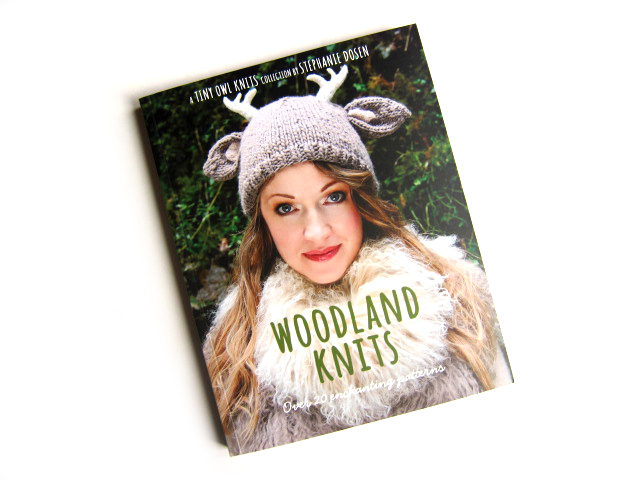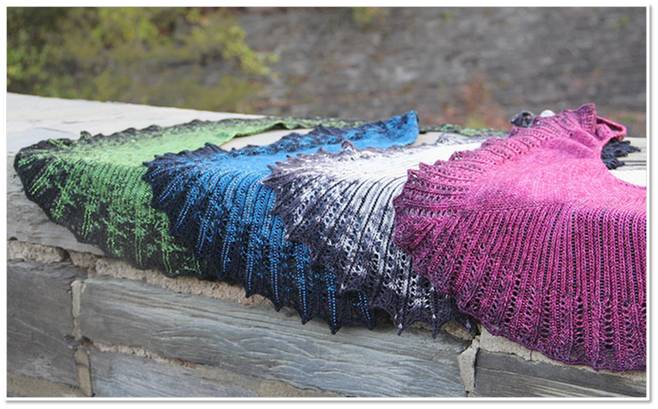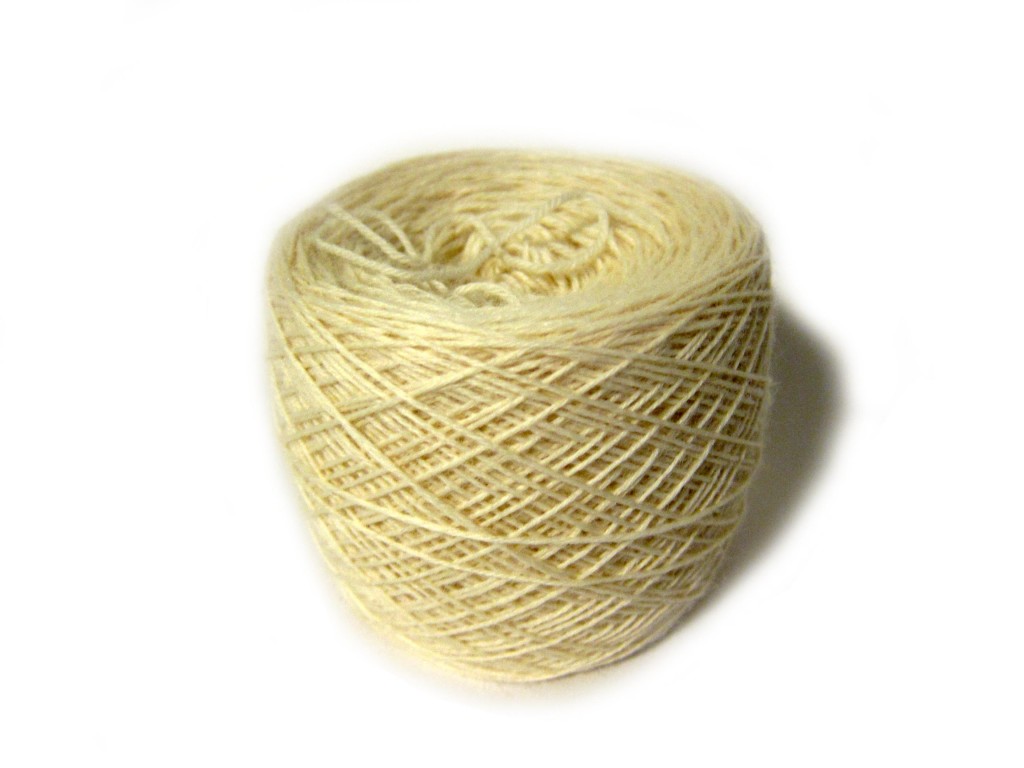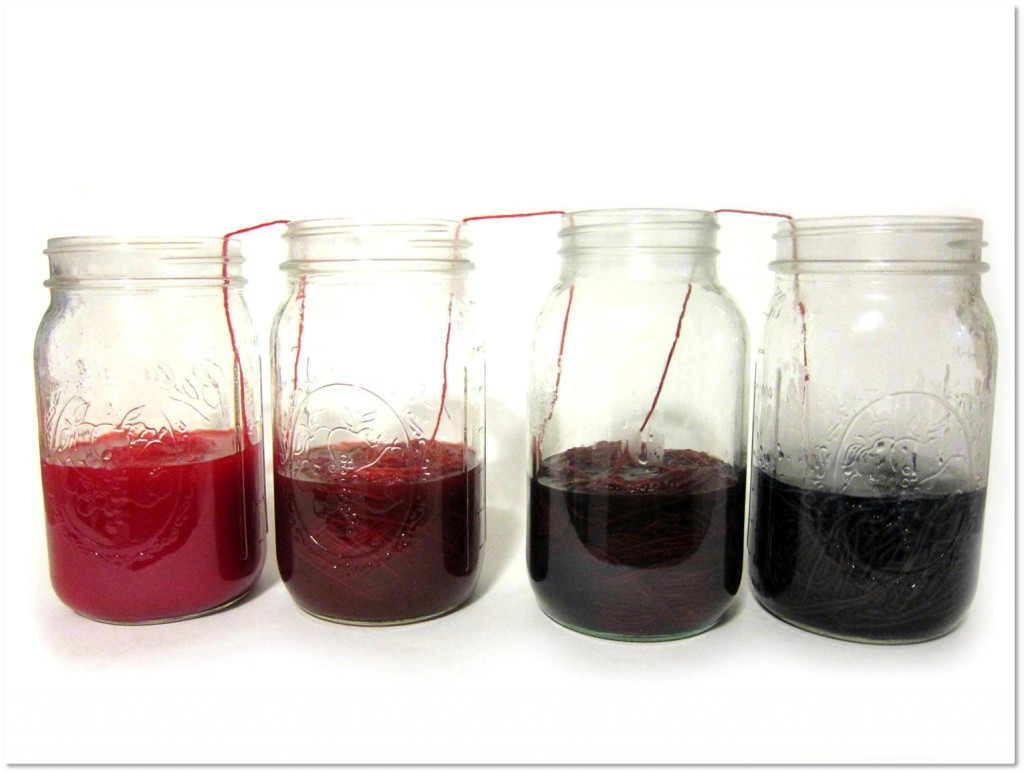 Today I’d like to introduce you all to a fellow pattern designer who makes softie patterns I think you’ll love to make. Meet Abby Glassenberg! She’s the author of Stuffed Animals: From Concept to Construction. She blogs at While She Naps, and sells digital patterns for softies in her shop.
Today I’d like to introduce you all to a fellow pattern designer who makes softie patterns I think you’ll love to make. Meet Abby Glassenberg! She’s the author of Stuffed Animals: From Concept to Construction. She blogs at While She Naps, and sells digital patterns for softies in her shop.
I started following Abby several years ago and I’ve loved watching her work evolve and her business grow. I can’t wait for you to meet her, so let’s jump right in!
Hi Abby! Thanks so much for spending some time with us here at Shiny Happy World!
Those of us who run solo businesses tend to wear many hats – and that makes it hard sometimes to tell people what we do. But that’s the first thing I’m going to ask you to do! Tell readers a little bit about you and your work. How do you introduce yourself and what you do to a stranger?
I’m a sewing pattern designer, craft book author, sewing teacher and craft blogger. I design sewing patterns for dolls and stuffed animals. My patterns help you create softies that are adorable and look professionally made. Each pattern includes step-by-step photos and clear instructions written in language you can easily understand. I love sewing toys and I want you to have a great experience, too!
I love that you think of designing patterns as helping other people have a great sewing experience too. That’s terrific! So – in a sea of patterns out there, what makes your work unique?
My stuffed animals are truly three-dimensional. I like gussets and darts! I love the puzzle of drawing flat pattern pieces so that when they’re sewn together you get an oval-shaped sphere, for example, or a curved horn. While you sew you’ll see how the language of softie pattern pieces works and perhaps you’ll be inspired to design toys yourself!
Tell me a little bit more about your latest pattern. What made you decide to make it and what were some decisions you made along the way in the design process?
 My latest pattern is Emma the Doll. She’s a big doll at 20”, she’s entirely machine sewn and she’s made from fleece. I’m a mom of three young daughters, ages 9,7, and 2, so I have a good handle on how kids really play. A few weeks ago my kids spent the afternoon on the front lawn with a huge pile of toys having a funeral for a pink stuffed boar!
My latest pattern is Emma the Doll. She’s a big doll at 20”, she’s entirely machine sewn and she’s made from fleece. I’m a mom of three young daughters, ages 9,7, and 2, so I have a good handle on how kids really play. A few weeks ago my kids spent the afternoon on the front lawn with a huge pile of toys having a funeral for a pink stuffed boar!
When I dreamed up this new doll I wanted her to be big and sturdy, to have jointed arms and legs so that she can be posed, and to be machine washable. Emma achieves all of these things, and with style.
I love the Emma doll pattern! She’s so totally kid-friendly! And I was completely captivated by this photo of her (smiling) in the washing machine. As a mom – that really says it all. 🙂

It’s ok! I’m just having a bath!
Emma’s a very playable doll, kid-friendly doll. But you started out making sculptural birds – definitely not toys. (Abby’s first book, The Artful Bird, teaches you how to make them.) What made you switch gears and move into stuffed animals designed to be played with?
I think my years designing and sewing birds were a great way to explore three-dimensional shaping in fabric. I learned how to control bulges and how to pull shapes inward in order to achieve the particular body shapes of each species. After I wrote my first book I felt free to delve into children’s toys and I’ve really enjoyed designing teddy bears and baby lovies, dolls and elephants, hobby horses and turtles, and everything in between!
So tell me about your new book. How did it come about? What was the most challenging part of writing it? What’s your favorite project from the book?
 My new book is Stuffed Animals: From Concept to Construction and it was published by Lark Crafts in May. This book is all about designing your own stuffed animals and it’s perfect for beginners as well as those with more sewing and design experience under their belts. I actually thought of writing a book that would be a comprehensive guide to soft toy design like this one long before I wrote my first book, The Artful Bird. It took many years of research and experimentation to create a book of this depth and I’m really proud of it. I enjoyed every aspect of writing Stuffed Animals, even the tedious parts! It truly was a labor of love and a book that I felt I was made to write. My favorite project is the 16th pattern in the book – a dinosaur with a zippered mouth!
My new book is Stuffed Animals: From Concept to Construction and it was published by Lark Crafts in May. This book is all about designing your own stuffed animals and it’s perfect for beginners as well as those with more sewing and design experience under their belts. I actually thought of writing a book that would be a comprehensive guide to soft toy design like this one long before I wrote my first book, The Artful Bird. It took many years of research and experimentation to create a book of this depth and I’m really proud of it. I enjoyed every aspect of writing Stuffed Animals, even the tedious parts! It truly was a labor of love and a book that I felt I was made to write. My favorite project is the 16th pattern in the book – a dinosaur with a zippered mouth!

Roar!
I love this book so much! My “official” review is here.
What are your dreams for the future of your business?
My business is really two-fold: I design sewing patterns for toys, and I also write about running a creative business. I’d like to grow both sides of what I do. In the realm of sewing patterns, I’d like to teach an online class on sewing softies. I was a middle school teacher in my former career and I still really see myself as a teacher. And, of course, I have tons of ideas for new softie patterns. I truly feel that I could design stuffed animals and dolls for the rest of my life and never run out of ideas! In the realm of writing about running a creative business I will continue to seek out and speak with those in power about the craft industry and share my experiences running my own business. I love reporting about what’s going on in my niche and feel so thankful to have found a large audience who shares my interest.
Can you tell us about a typical day? Where do you work and what’s your routine like?
We wake up early in the Glassenberg household! I’m up at 6:10 every morning. I get the kids off to school and then I go running. I’m at my computer by 10:15 and I work until about 2:30. Those hours include a combination of writing blog posts and patterns, doing research, responding to emails, posting on social media, drawing, sewing, photographing my work, editing photos, and doing graphic design for my site and my patterns. Oh wait, there’s packaging orders and shipping, and sourcing supplies, too. Like most people who run a small business I do everything there is to be done, even the weekly bookkeeping. But I seriously do love it all. I also work in the evenings from 8-9:30pm.
What’s your favorite sewing tool?
Hemostats. I may have 12 pairs. Or 13. When I travel I panic that if my luggage gets lost I may be without my hemostats and that would be serious issue for me.
I should have known that’s what you’d say. 🙂 You rave about them so much that I finally tried a pair (you know that, I guess, since I bought them from you) and they really are a pretty awesome little tool. But 12 or 13 pairs? That’s true devotion.
What’s your most popular pattern? Why do you think it’s so popular?
 The Lovey Dovey. It’s a great go-to project to make for a new baby and everyone wants to make something special to give as a baby gift.
The Lovey Dovey. It’s a great go-to project to make for a new baby and everyone wants to make something special to give as a baby gift.
This pattern comes with four variations (a bunny, a puppy, a bear, and a kitty) so you can customize what you’re making for each recipient. The pattern is also very approachable. You look at it and say, “Okay, I can handle that!” And it’s cute! You can’t deny the importance of cute when it comes to toys.
 Imagine someone with no sewing experience. She just took her first sewing machine out of the box and figured out how to thread it. She’s eager to make something – but also a little bit scared. Which one of your patterns do you recommend?
Imagine someone with no sewing experience. She just took her first sewing machine out of the box and figured out how to thread it. She’s eager to make something – but also a little bit scared. Which one of your patterns do you recommend?
I’d recommend Stella the Owl. She’s a very straightforward design, but still really clever! Her wings come together with a bit of Velcro so that she can embrace her little owlet.
She’s so cute! And I think it would be really fun to choose fabric for the contrasting wings.
 What’s your very favorite pattern? Why?
What’s your very favorite pattern? Why?
I’m really fond of my plush Rubber Duck. He’s a bath time favorite in plush form!
This pattern includes several really cool, but easy, construction techniques and the finished softie looks really professional.
I think this pattern is a really nice representation of my design style.
Can you suggest another designer that beginning sewists might like to get to know better?
I’m a big fan of Raynor Gellatly, a Scottish plush pattern designer whose business is called Elf Pop. Her dolls and toys have a very sweet, innocent look and I think they are ideal for relatively new sewists looking to create toys that kids will immediately want to hug!
Thanks so much, Abby!
I hope you all enjoyed getting to know Abby!
Happy sewing, everyone!
Best,
Wendi






























 Today I’d like to introduce you all to a fellow pattern designer who makes softie patterns I think you’ll love to make. Meet Abby Glassenberg! She’s the author of Stuffed Animals: From Concept to Construction. She blogs at
Today I’d like to introduce you all to a fellow pattern designer who makes softie patterns I think you’ll love to make. Meet Abby Glassenberg! She’s the author of Stuffed Animals: From Concept to Construction. She blogs at 











































